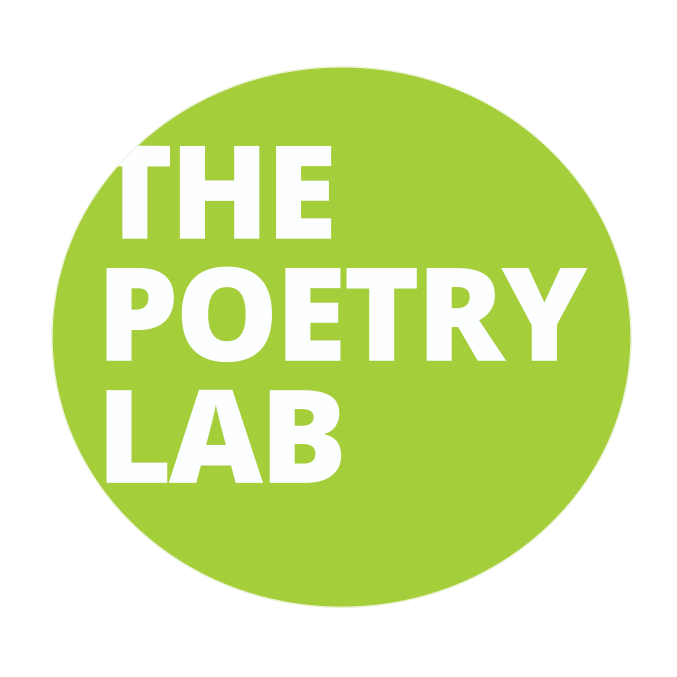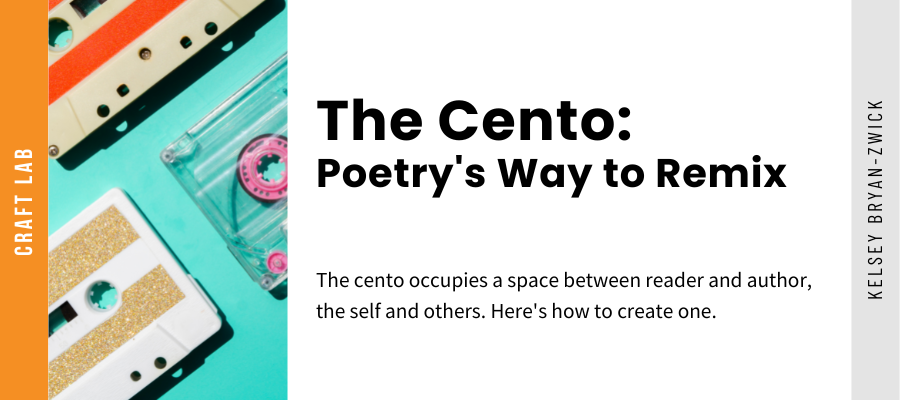My Situationship with the Golden Shovel
A How-To
Elizabeth Was My First
I didn’t believe in love at first sight—until I thought about all my favourite poems.
I remember the exact age, and where I was, including the smells and sounds, when I first read Elizabeth Barrett Browning’s “How Do I Love Thee?” I was fourteen, in junior high English 9 class. As I read the poem quietly to myself, I remember the smell of grass along with sweat and the murmurs of my classmates. I remember looking at my longtime crush thinking, Lizzie here gets me.
I still see the night I came across Margaret Atwood’s collection, Morning in the Burned House in my college library stacks. It was a rainy October night, and I was supposed to be studying for a class. Instead, I was inhaling Atwood’s words and wondering if someday someone could know exactly how I felt by just reading the words I wrote.
Poetry, like music, could be a soundtrack for my life. I recall in junior high school learning about the Abecedarian form (and still have my first attempt somewhere in a stack of old writings). It was the first form I tried and I loved the challenge. What attracts me to form poetry is the constraints and rules. Much like a word game, you have to make it all fit to complete the puzzle. There is also this whimsical touch to form that you don’t always know what will come up or where you will go. Almost every poem I have written with any kind of constraint I am happy with the journey it has taken on. And with poetry, I get to break rules. Once I know them well, I can decide which constraints stay and go.
The Meet Up
In fall of 2021, I was in one of my writing workshops when I came across the golden shovel form, invented by American poet Terrance Hayes in his homage to another American poet, Gwendolyn Brooks, in her poem “We Real Cool”.
The story goes: Brooks was walking by a pool hall called the Golden Shovel and saw 7 young boys playing billiards instead of being in school. Miss Brooks at that moment, didn’t ask why these boys weren’t in class, but what do these boys think of themselves? She wrote the poem from their perspective. “We Real Cool” has been one of her most famous poems.
If you get the chance, go to the Poetry Foundation page and listen to Brooks read this poem (linked below). Once I heard her reading it I gained insight into how a poem looks on the page, breaking lines and stanzas, enjambment, punctuation, and white space. This short poem was a great lesson on craft for me.
“We Real Cool” was first published in Poetry in 1959. Nearly fifty years later, Hayes was inspired by Brooks’ poem and wrote the first golden shovel, “The Golden Shovel”, using the words from her poem as the last words in each line of his poem. “We Real Cool” lives inside “The Golden Shovel”, similar to an acrostic poem, lending its language to its narrative and deepening the dialogue between the two poems.
Meet The OG Couple
🔊 Listen to Brooks read the poem here.
Continue reading “The Golden Shovel” here ➡️
A golden shovel uses cento, erasure and/or found poetry to determine the last word of each line of the poem. *Remember to credit the poet you are giving the homage to by adding “After [poet’s name]” under the title!
Poets’ Tip: Remember to credit the poet you are giving the homage to by adding “after [poet’s name]” under the title!
While many poets follow in Hayes’ footsteps and use Brooks’ poems for their golden shovels, it is up to you who to pay this honour to and write after. While the steps to this form are pretty simple, the process can be challenging. It takes time, and you may benefit from stepping away for a few days after your first try to clear your mind.
Steps to Write a Golden Shovel
Choose a poem.
I would recommend choosing something short, especially as you first start playing with the form. You may want to just select a single line (5-10 words). Remember, the more words you have, the longer the poem. When starting out, it may be easier to dip a toe in with something bite-size.
Pick something that means something to you.
It will make it easier to write when you have some emotion behind it. Whether you love the imagery, the message, or the speaker. Whatever it is, make sure you are feeling it!
Take each word from the poem or line you selected
and use it as the last word in each line.
➡️ I suggest typing out the poem and then pressing enter after each word, and writing till you can incorporate the word. Remember, the end of the line doesn’t have to mean the end of a sentence. Lines can be end-stopped or enjambed!
➡️ Bolding or italicizing the words from the original poem also helps you keep track of your last-words during the writing and editing process.
For example: “We/Sing sin. We/Thin gin” from “We Real Cool” would look like this as a template:
we
sing
sin
we
thin
gin
Here’s an example of filling in each line:
There comes a day we
must sing
for our supper no matter how small the sin
I can taste the lemon zest and I know we
Were once in love. We were once Nick and Nora from The Thin
Man, with much less gin.
[We added color and bold text to show emphasis, but in your poem, these words will not call attention to themselves in this way. See Terrance Hayes’ example above.]
4. Now the hard part. Write a poem with these words!
You do not have to stick to the theme of the original poem.
Tips if you have trouble starting or get stuck, try these:
Free write for 10 minutes
Put it away for a few days and come back to it
No one says you have to start at the beginning. If you have a line for a word, write it down and work around until you get a flow.
Some Other Matches Made in Heaven
Below are two more examples of poets using “We Real Cool” for their golden shovel:
Camille T. Dungy uses the entire “We Real Cool” poem, echoing Brooks’ theme/content of young teens talking about themselves, but still strikes a different tone than Hayes’s poem.
In “American Sunrise”, Joy Harjo doesn’t use the whole poem, and her tone is more like Hayes.
I adore all three poems after Brooks’ “We Real Cool”, and it took me a while to realize that “An American Sunrise” was even a golden shovel. What I love about these poems is that they work on their own, have their own take and style. Hayes even break up words:
We-
akened
Lurk-
ing
More Tea
I highly recommend The Golden Shovel Anthology edited by Patricia Smith, Peter Kahn and Ravi Shankar (with foreword by Terrance Hayes) to see other amazing poets and writers pay homage to Brooks and some other variations. This anthology has great examples of the Golden Shovel and shows the small tweaks other writers make to them.
Before we end, I have to share Patricia Smith’s example of the golden shovel form, as it hit me like a brick.
“The Last Quatrain of the Ballad of Emmett Till” by Gwendolyn Brooks
"Black Poured Directly into the Wound” by Patricia Smith
Brooks' poem on the murder of Emmett Till gives me goosebumps every time I read it. Add Smith’s along with it, and oof, the wind is knocked out of me. The magic of the golden shovel is this ability to hold two poems together in conversation to create a greater impact on the reader.
Happily Ever…
My obsession with the golden shovel comes from two elements of the inventive form. For me, writing of any kind—poetry, fiction, non-fiction, graphic novel, songs—is an inspiration. It goes beyond my own writing to being inspired to be and do better in this world. Books, music, and movies (theater) all have made me feel less alone through the stories that are told. It has opened my world to emotions that I thought were just mine whether in joy, sadness or shame.
With the golden shovel form, I get a chance to pay homage to some of my favouite words and writers. I am currently working on an epic golden shovel that I wrote in a night but needs to be revised. The one downside of the golden shovel is, depending on what you choose, you can be too close to the writing.
The golden shovel screams, “Fuck around and find out!” in the most positive way. This form can be used with song lyrics, headlines, the body of articles, book titles, any genre of writing.
Bonus prompt
Here’s A fun poetry-nerd party game!
Everyone writes a favourite line of poetry on a scrap of paper
Put them in the bowl you are not using for snacks
Everyone draws a new line
Write a Golden Shovel based on your line!
And repeat ➡️
This article was posted on May 22, 2023. Written by:










